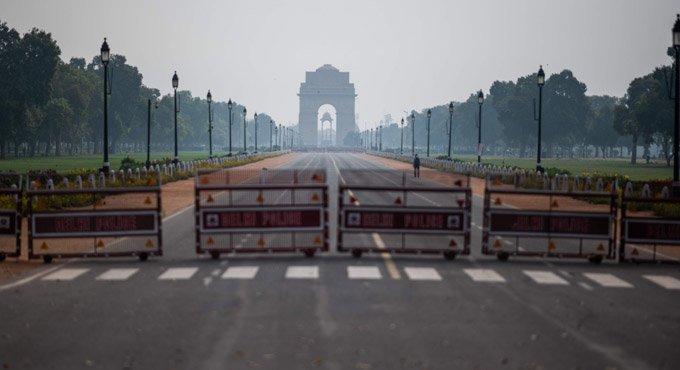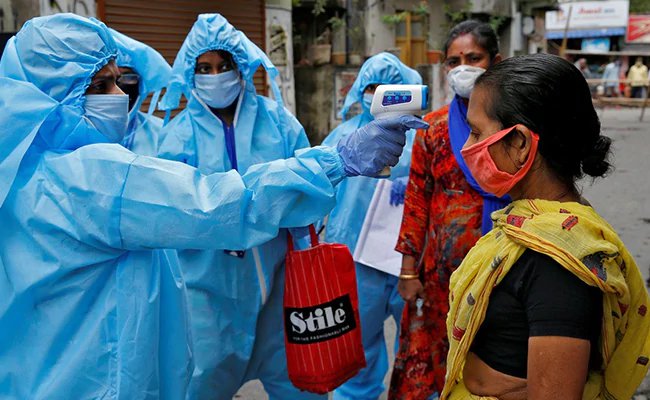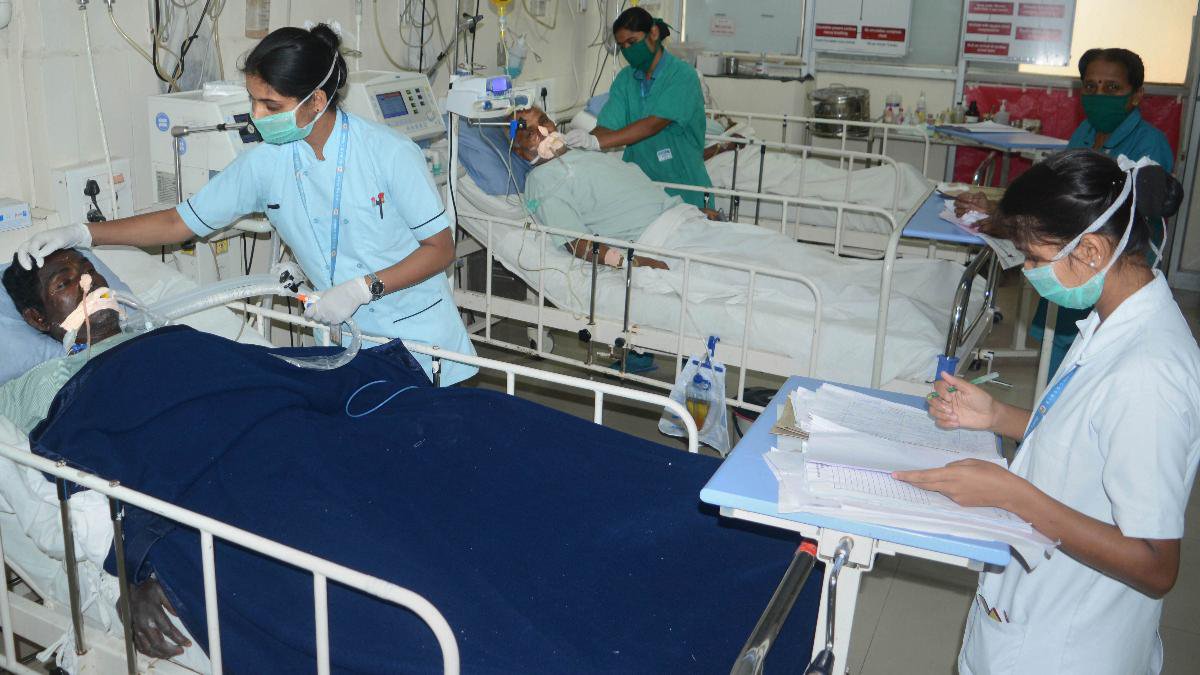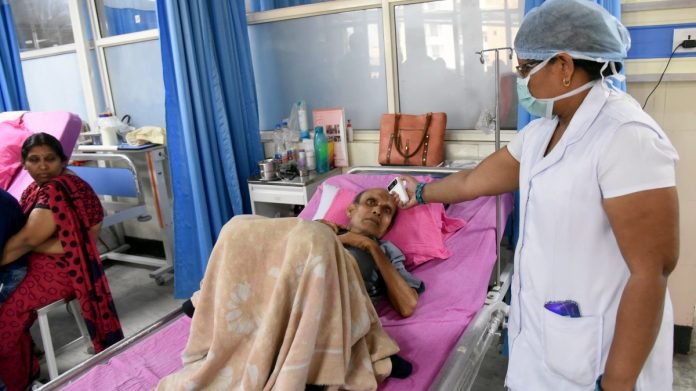India announced the extension of it’s second lockdown, declaring that the country will remain under lockdown until 17th May.
This announcement does come with an ease of several restrictions but as we ease into the third episode of the lockdown series, here’s a look at how India did in the last one.

Let’s talk about the growth rate first. Although India recorded its highest single day jump a few days ago with 1993 new cases being discovered within 24 hours, the daily growth rate in new cases of Covid-19 positive patients has decreased by more than half at the end of lockdown 2.0.
In the initial phase of the first lockdown, the daily growth rate was at 31% but by the end of it, it was at 16%. But this rate was at 6.6% by the end of lockdown 2.0 which accounted for less than half of what it was in the first phase.

Second yardstick for comparison is the fatality rate which is the proportion of deaths from Covid-19 compared to the total number of people tested positive.
This transformation of numbers is a huge sigh of relief because the daily rate of increase in the number of deaths has come from from 60% during lockdown 1.0 to 7% by the end of lockdown 2.0

Now coming down to the third parameter— the recovery rate. As the name suggests, it refers to the rate at which people are recovering from the coronavirus disease. The recovery rate has increased to over 27% as of this Sunday with the total number of recovered patients nearing 11,000.
However, since the absolute number of new cases are increasing, the growth rate of recovered patients has gone down because it usually takes two weeks on an average for a patient to recover.

If we compare this figure with the end of the first lockdown, the total number of recovered patients was 28 times higher than when it was initially imposed on March 24th.
But at the end of the second lockdown, the total number of recovered patients was just 8 times more than what it was at the start of the second lockdown on April 15th.

















